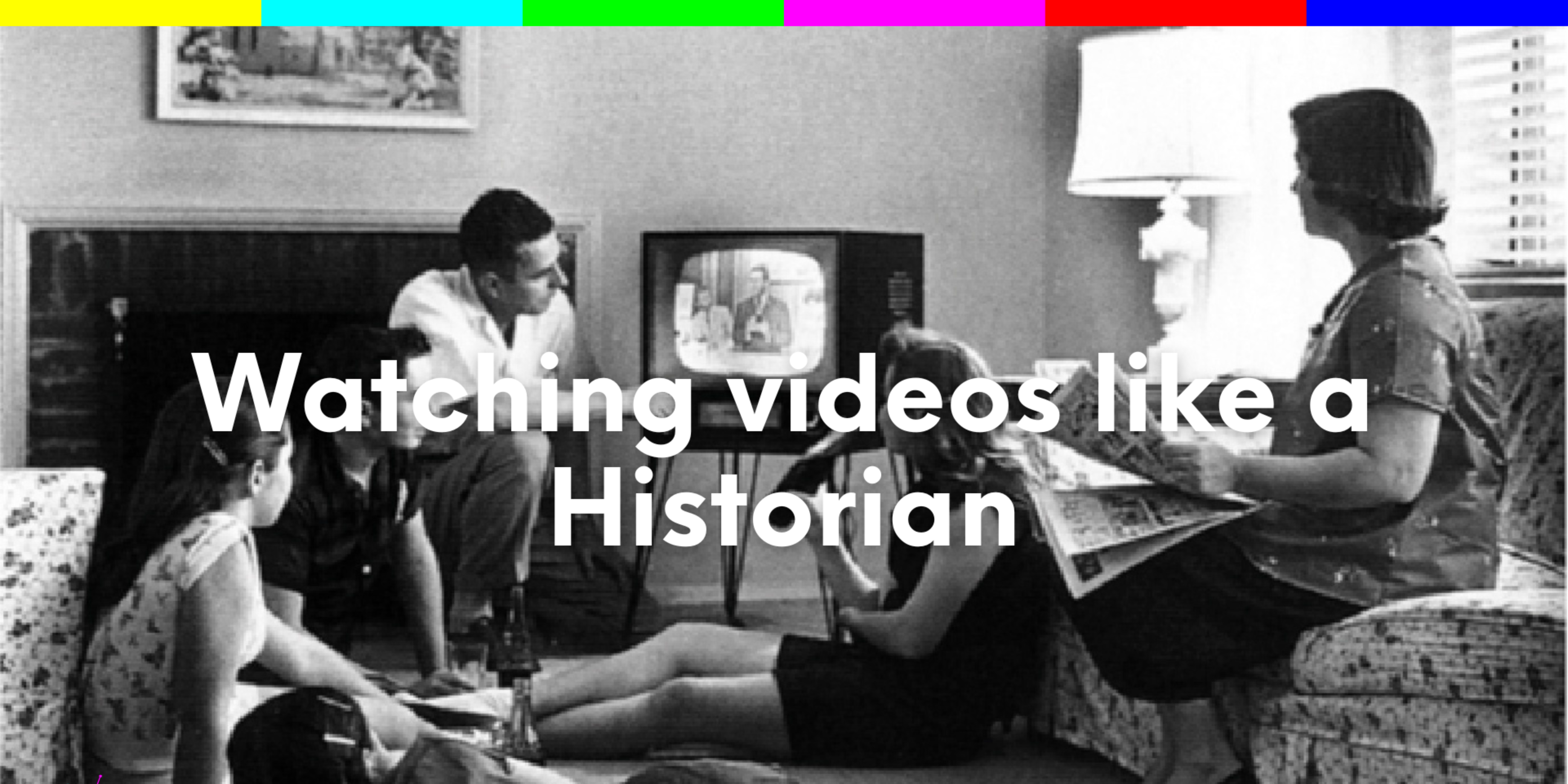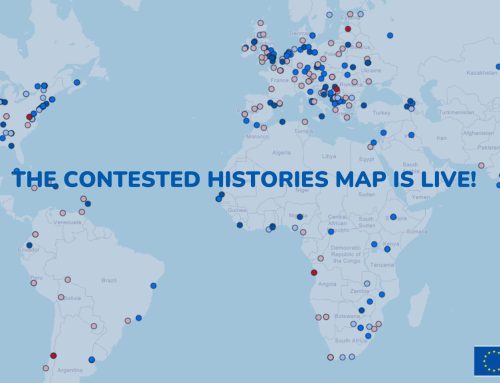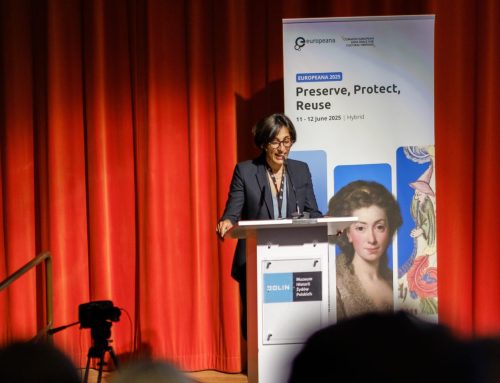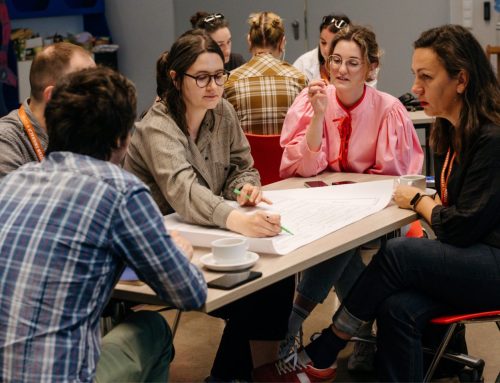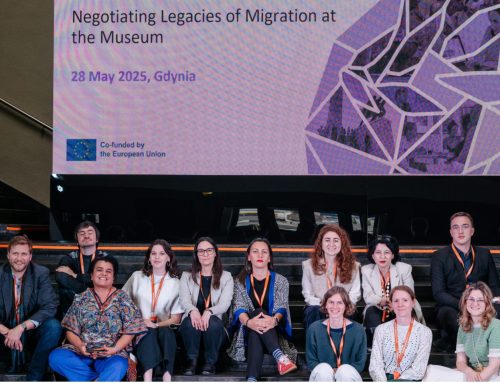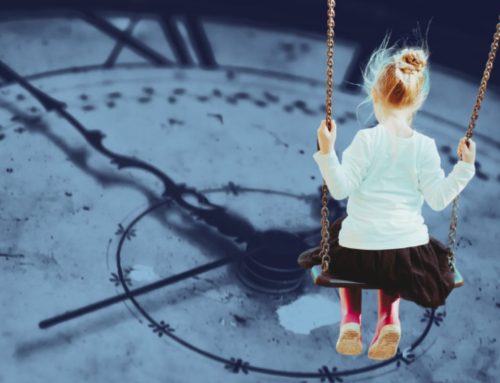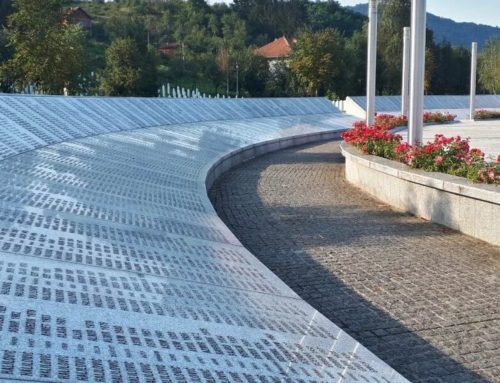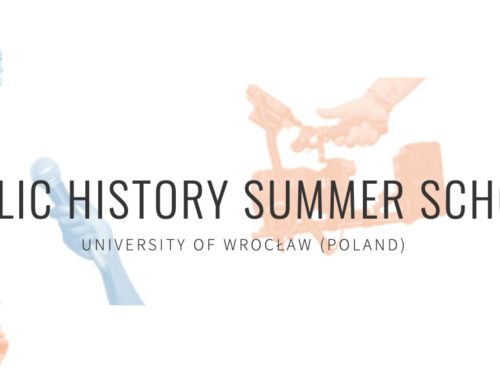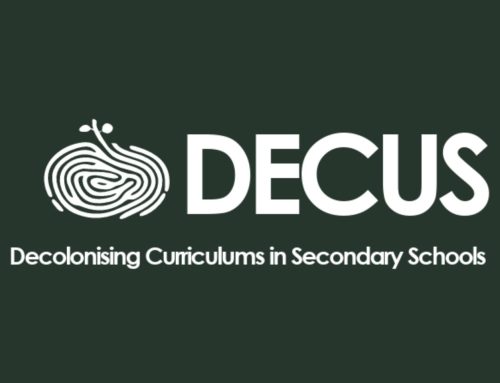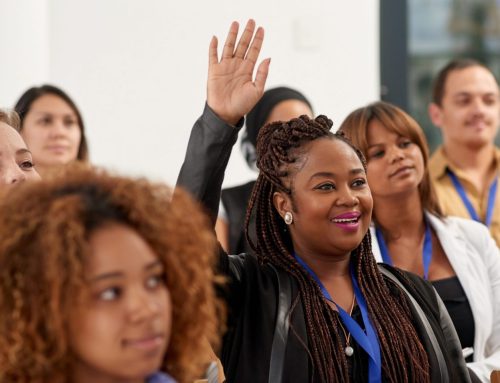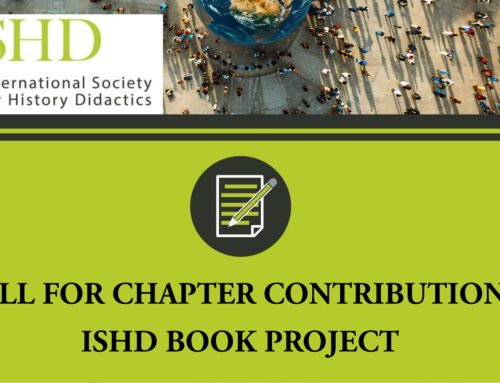Centrum Cyfrowe is a think tank based in Warsaw, Poland. It specialises in media literacy and digital education and aims to support engagement in the social aspects of technology. Centrum Cyfrowe is one of EuroClio’s partners on the project Watching Videos Like a Historian, which is funded by the European Union.
In this interview, EuroClio Young Professionals Adam Dargiewicz and Monika Lendermann spoke to Centrum Cyfrowe representatives Katarzyna Werner-Mozolewska and Maria Mirecka about media literacy and the use of audio-visual (AV) resources in history education.
EuroClio: Media and digital tools define our day-to-day existence in many ways. Could you tell us why we should pay more attention to media literacy in education?
Katarzyna Werner-Mozolewska: With such a substantial amount of digital content and new technologies, we need to have an understanding of how the digital world works and how to navigate it while recognising its pros and cons. Being aware that content can be manipulated is a crucial part of existence in the digital world, as well as knowing how to protect yourself from online abuse. That is why it is really crucial for both students and adults to be part of this modern world.
Maria Mirecka: I agree with Katarzyna. The world we are living in right now is all about the media. We are bombarded with a lot of news and information. This also applies to students who are usually more involved in social media than adults. . Hence, it is important to integrate media education into school activities and bring the world we currently live in closer to education systems.
EuroClio: The state-of-the-field report on media literacy developed for this project focuses on the possibilities for students and teachers to use AV materials during history lessons. How can media literacy support history education?
Maria Mirecka: The AV media used in history and citizen education reveal a perspective on history which encourages students to empathise with people from the past. Students can not only imagine how it was but also see it. At the same time, it is very important for them to understand that the visual material they can watch does not account for the entire picture of how the reality looked like. One of the important goals of media education is to teach students critical thinking. On the other hand, the use of AV materials can simply make history teaching more fun because students become more involved when they can listen or watch audio or videos with historical figures and events they recognise from books or stories. Another aspect mentioned by students during one of the focus groups for the report was that AV sources enabled them to get closer to their grandparents because they could more easily discuss and relate to the experiences of the previous generations.
Katarzyna Werner-Mozolewska: Media literacy gives students the tools to use a variety of [historical] sources. Sometimes it is not even about the development of critical thinking, but the simple ability to search for relevant materials. It is commonly mentioned that students or young adults are the generation which was “born with smartphones in their hands”, but they often lack many of those skills that they need to use the digital content. Having this set of skills makes it easier for them to “play” with the AV sources by editing films or creating collages. In this way, they can become even more involved and curious to explore these tools not just in the classroom, but also among themselves. In this way, history can become more engaging for the students and make them expand their interests.
Maria Mirecka: Also, it’s the fun that comes with it and the ability to learn with more senses: they edit the photos and transform materials they work with. This creates a better learning experience, and also better recollections of the learning process. These recollections stay with students for longer. Another aspect which came to my mind is the group work that usually accompanies this type of educational projects. It teaches cooperation, creativity, finding common solutions, responsibility and trust between students and teachers.
EuroClio: What was the reason for conducting the research for the state-of-the-field report, and which of the findings did you find the most interesting?
Katarzyna Werner-Mozolewska: The report is a starting basis for the Watching Videos Like a Historian project. In a way, it was not revolutionary in terms of its findings, but it brought together many aspects which were previously dispersed. One aspect which is worth mentioning is the checklist that we made on how to prepare a model AV resource for educational purposes. On top of this report, we’ll be creating other activities. For example, we have just kicked off with work on the toolkit, teaching strategies and educational materials. But the report provides us with a good starting point.
Maria Mirecka: It was important to assess the state of the field right now, at this very moment, because the media landscape changes very fast. For me, it was very important to discover thanks to the focus groups that this topic is strongly connected to the actual needs of students and teachers.
EuroClio: What are some characteristics that an ideal educational resource based on AV materials should include?
Katarzyna Werner-Mozolewska: One of the most important aspects is that AV resources should be accessible, because one of the biggest challenges for teachers is that they are very difficult to find since there are millions of places we can look for them. Sometimes, these resources lack quality. For instance, they don’t have enough metadata to enable users to find a specific topic. That is why proper descriptions and metadata are so important. AV resources should also be available in as many languages as possible. If they are not translated, only a small group of people can make use of them. One should also pay attention to the issue of copyrights. Having a resource which is made available not only for usage in schools but also in other educational circumstances would be highly beneficial. Finally, AV materials need to be well connected to specific curricula. It is often the case that teachers find it difficult to relate them to the topics they are required to teach. Accordingly, these materials have to be prepared for a defined age group with clear learning goals in mind.
EuroClio: Building on this, what are the challenges and barriers associated with the use of AV materials in history education, and how are they different for teachers and students?
Maria Mirecka: One of the biggest challenges are the digital skills of teachers and students. Unequal skill levels among students in the same class can cause difficulties. With teachers, it is probably more complicated, because the teacher is the one who should convey these skills to students, and if they do not feel comfortable in providing it, this can be a significant barrier. Here, some training for teachers could probably improve the situation. Teachers should feel secure in using audio-visual materials before they decide to use them in the classroom.
Katarzyna Werner-Mozolewska: In some areas, we still need some more technical support. And as Maria said, the lack of skills – not only technical, but also pedagogical skills – the teachers sometimes don’t know how to use the materials, how to include them in an engaging way.
I remember from the interviews that some of them were not sure if using AV materials in the classroom is really that important. So to convince teachers and educators that this is a way they could make their classes more attractive and more appealing for students – before you get the equipment and the materials and so on, you have to be convinced that it’s really worth doing.
And then what is also very important for teachers is that the AV materials already have some educational resources attached to them, resources that they can adapt to their needs. So it’s not that they have to take what is given, but that they can build on those things that are useful.
Maria Mirecka: Adding one thing to this – copyrights and awareness of open licences and educational permission. I think this should also be raised during classes. We had situations during focus groups where teachers didn’t seem secure in talking about the terms of use of the materials , because they were not sure what they were and were not allowed to use during lessons. Students admitted that they used a lot of materials, but they also weren’t sure if they should or shouldn’t be using them.
EuroClio: Has the pandemic changed digital habits and the extent to which AV resources are used in classrooms?
Maria Mirecka: In our previous research about how the pandemic influenced education in Poland, one of the interesting takeaways was that YouTube was the most common platform used by teachers during the period of remote learning. More than 80% of teachers said they were using audio-visual materials in their online lessons. We can assume that this was an increase given how classes traditionally looked like in schools.
Katarzyna Werner-Mozolewska: Yes, and I think we can say that those teachers who were using AV materials during the pandemic kept using them after going back to the classroom. So there is no coming back to what was before, we are definitely moving more towards using AV materials in education. And it was something that was mentioned as an “advantage” of what happened during the pandemic, that people want this digital transformation to stay in schools.
EuroClio: Moving forward, how do you hope the Watching Videos Like a Historian project will help to contribute to the development of media literacy and education? And what are some good practices or recommendations for how we can generally approach media literacy in education, and especially in history education?
Katarzyna Werner-Mozolewska: I would say that the product [of the project] itself, when you have all these materials that are being prepared for the teachers and educators – this would be a great starting point and a good example of how cultural heritage institutions that have AV materials in their collections can cooperate with the educational world. I would say that is one of the most important improvements that need to be made because there are institutions with the collections and teachers and educators with their curricula and materials, but they don’t often cooperate and talk together about the needs and the possibilities and the ways that the knowledge and skills of both parties can be used. So I believe that the project itself will start this dialogue and then show how this dialogue can improve media literacy education.
Maria Mirecka: I believe that audio-visual materials are something that can help to bring more engaging activities into education. And thanks to that, we can help build better relationships between students and teachers and better, more inspiring learning environments.

